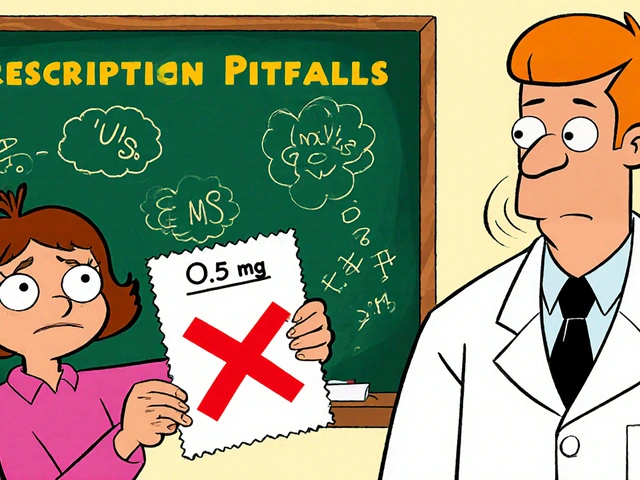Topical Steroids: What They Are and Why They Matter
When working with topical steroids, medicines applied to the skin to reduce inflammation and itching. Also known as skin steroids, they belong to the broader class of corticosteroids, hormone‑derived drugs that mimic the body’s natural cortisol and are formulated as creams, ointments, gels, or lotions. These products target skin inflammation, the immune response that causes redness, swelling, and pain in conditions like eczema and psoriasis. Understanding how potency classification and vehicle type affect delivery helps you use them safely and effectively.
Topical steroids encompass a range of potency levels, from low‑strength hydrocortisone (1%) to high‑strength clobetasol propionate (0.05%). The potency classification determines how deeply the drug penetrates the skin and how quickly it calms the immune reaction. Low‑potency options are ideal for sensitive areas such as the face or intertriginous zones, while high‑potency agents are reserved for thick‑skinned plaques or short‑term flare‑ups. Choosing the right strength is a key step in balancing relief with the risk of side effects.
These medications are commonly used for eczema, psoriasis, contact dermatitis, and even localized lupus. Users often notice a reduction in redness and itch within days, which can improve sleep and quality of life. However, prolonged use may lead to skin thinning, stretch marks, or steroid‑rosacea. Monitoring the treatment site and following a doctor’s tapering plan can keep those risks low. If you see persistent bruising, increased redness, or systemic symptoms, it’s time to reassess the regimen.
Prescription‑only topical steroids tend to have higher potency or specific vehicle bases that enhance absorption, while over‑the‑counter (OTC) options usually stay in the low‑potency range. The choice of vehicle—cream, ointment, gel, or lotion—affects how the drug spreads and how comfortable it feels. Ointments are greasier but better for dry, scaly lesions; gels are lighter and work well on oily skin. Knowing which formulation matches your skin type can make a big difference in adherence and results.
Below you’ll find a curated set of articles that dive deeper into tolerance, heat safety, hormone interactions, and more—all relevant to anyone using topical steroids. Whether you’re a patient adjusting a new prescription or a caregiver looking for practical tips, the next posts will give you clear, actionable information to manage your treatment confidently.




